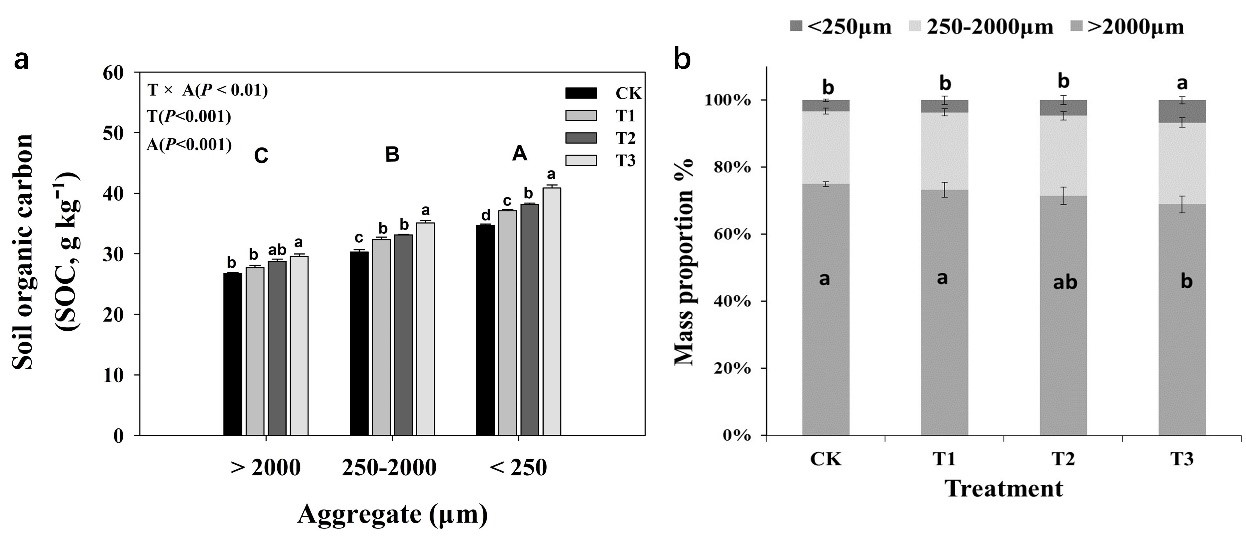Researchers reveal the mechanisms of soil aggregates mediate microbial impact on organic carbon accumulation and stability under the effect of long-term acid rain
As the rapid pace of industrialization continues globally, acid rain persists as a critical environmental concern worldwide. In the past two decades, continuous acid rain in Southern China has increasingly acidified soils, significantly altering the microbial community structures within forest soils and impacting soil carbon (C) storage. Despite this, there remains a gap in understanding how soil aggregates, which are pivotal in determining soil carbon accumulation and stability, mediate the effects of long-term acid rain on microbial interactions with soil organic carbon and nutrient cycling.
A decade-long field experiment conducted in the monsoon evergreen broadleaf forests of Dinghushan has revealed significant findings: the simulated acid rain (SAR) treatment significantly inhibited microbial activities, specifically decreasing both bacterial and fungal abundances, leading to declines in C-degrading enzyme activities. Conversely, enzyme activities related to phosphorus (P) and nitrogen (N) mineralization as well as the enzyme stoichiometry for P/N ratio significantly increased under the SAR treatment. The SAR treatment showed no significant differences in microbial abundance across the three soil aggregate sizes. However, it had a more pronounced effect on potential enzyme activities in their optimal aggregate sizes, such as hydrolytic enzymes like β-glucosidase in macroaggregates and oxidases like phenol oxidase and peroxidase in microaggregates. Overall, C-degrading enzyme activities were more strongly decreased in the microaggregates than in macroaggregates, and the distribution in aggregates was significantly altered, transforming from large to small sizes under the SAR treatment, which together may boost SOC stabilization and accumulation. Additionally, our findings indicate that prolonged acid rain also caused soil nutrient limitation and imbalance, particularly for P, in subtropical forests.
These insights are detailed in the article titled "Soil aggregate size distribution mediates microbial responses to prolonged acid deposition in a subtropical forest in south China," published in Soil Biology and Biochemistry (IF = 9.8). Dr. Jianping Wu, an Associate professor at the Guangzhou Institute of Geography, is the first author, Professors Deqiang Zhang and Qi Deng from South China Botanical Garden serve as co-corresponding authors. This research was jointly funded by the National Key Research and Development Program of China, National Natural Science Foundation of China and Natural Science Foundation of Guangdong Province, China. Paper link: https://doi.org/10.1016/j.soilbio.2024.109544.

Fig. 1. Variation of soil organic carbon concentration among three soil aggregate sizes (a) and the mass proportions of different soil aggregates (b) under the SAR treatment.

Fig. 2. Redundancy analysis of relationship between microbial groups abundance and soil enzyme activities across different aggregates.
File Download: